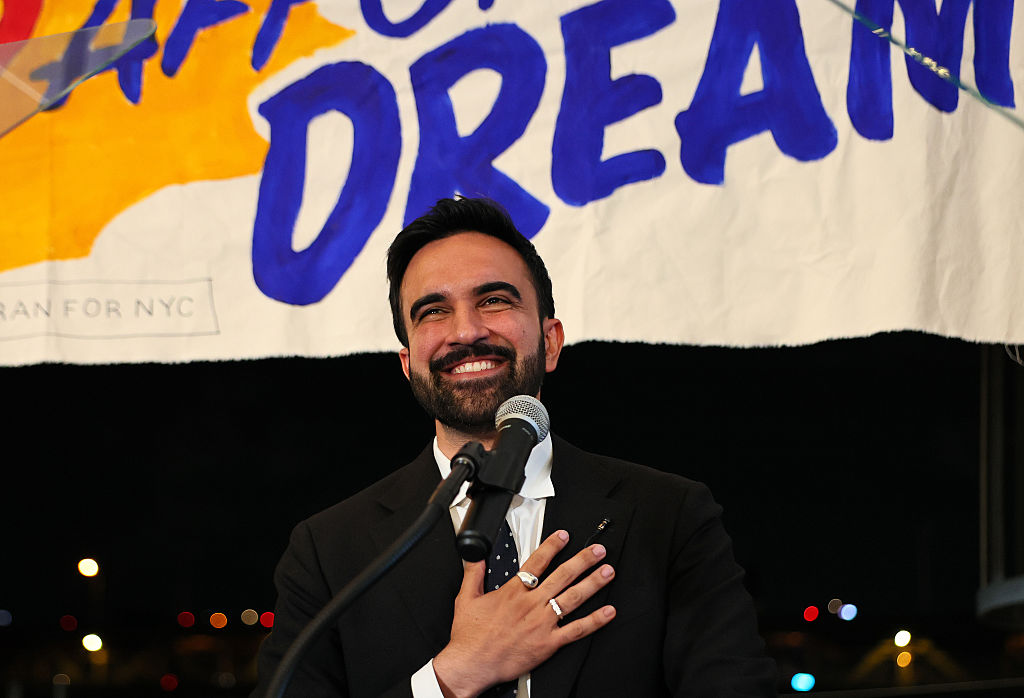The 2014 Bordeaux En Primeur report
Matthew Jukes picks his favourite 2014 vintage Bordeaux wines before they hit the market.


Weather is one of the three main factors behind a successful Bordeaux En Primeur campaign (the others are the integrity and skill of the chteau making the wine and the price at which the wine is released onto the market). And by the middle of summer last year, the 2014 campaign was shaping up to be a write-off.
A gloomy spring kicked the season off. Apart from a decent flowering, the weather was then dull, cool, occasionally stormy and with outbreaks of hail throughout the summer conditions that are obviously not conducive to making decent wine.
But in early September, the longest Indian summer on record began and the grapes were picked in late September and mid-October in epic conditions. This turnaround prompted the Bordelais to describe the year's wines as a miracle.
Subscribe to MoneyWeek
Subscribe to MoneyWeek today and get your first six magazine issues absolutely FREE

Sign up to Money Morning
Don't miss the latest investment and personal finances news, market analysis, plus money-saving tips with our free twice-daily newsletter
Don't miss the latest investment and personal finances news, market analysis, plus money-saving tips with our free twice-daily newsletter
Certainly, the resulting flavours in the wines are unique, to my mind, with the long and sunny (but not necessarily hot) ripening period being the key to this vintage. If you had looked after your bunches during the grim summer, you had the potential to make a very exciting wine. Alcohol levels, particularly on the Left Bank, are discreet (in the high 12% to low 13% region) and this makes for gripping tension in the wines.
The acidity is refreshing, because there are no overripe wines. The fruit character, particularly in the wines with a high percentage of cabernet sauvignon on the Left Bank, is as pure and clean as it gets. So the finest wines are long, lithe, focused, fruity, refreshing and precise. They are precocious and juicy, but also fine and will reward good cellaring.
On the Right Bank, the wines are typically richer and fuller. Some have over-oaked the fruit, but many wines, especially in Pomerol, are successful. Dry whites are keen and raspy. Sweet wines are split into two camps lighter and more refreshing for the earlier picked wines and sweeter and lusher for those picked later.
On the whole this is a very smart vintage. It is not as rich and powerful as 2005 and 2009, nor does it have the firmness of tannin and regal air of the best 2010s. But aside from this, the 2014s are going to please a lot of people. I can tell you my favourite wines, although not yet what their prices will be.
Below I've listed ten top scorers and also ten that I expect to offer good value. As always, this article appears before my full report on matthewjukes.com, which has comprehensive notes on some 300 wines. Keep your eyes peeled for this very soon.
My advice is not to think of this as a vintage to invest in just yet, but as one to enjoy. If a wine is released at £200 in bond (ib) per case, it will cost you around £22.50 by the time you get your hands on it the price of a cheap bottle of champagne.
At £400ib, it's the price of a half bottle of NV Krug Ros; at £1,000ib, the price of a bottle of 2006 Perrier-Jout Belle Epoque. Don't get hung up on whether this is more or less than previous Bordeaux vintages, but think of the relative prices of these superb, suave clarets compared to other renowned styles of wine. If they seem fair, get in there and secure your stock.
| Chteau Pontet-Canet (5me Cru Pauillac) 19 |
| Vieux Chteau Certan (Pomerol) 18.5 |
| Chteau Cos d'Estournel (2me Cru Saint-Estphe) 18.5 |
| Chteau Anglus (Saint-Emilion 1er Grand Cru Class) 18.5 |
| Chteau Haut-Brion (1er Cru Pessac-Lognan) 18.5 |
| Chteau La Conseillante (Pomerol) 18.5 |
| Chteau Troplong Mondot (Saint-Emilion 1er Grand Cru Class) 18.5 |
| Chteau Grand-Puy-Lacoste (5me Cru Pauillac) 18.5 |
| Chteau Ptrus (Pomerol) 18.5 |
| Chteau Loville-Las Cases (2me Cru Saint-Julien) 18.5 |
| Chteau Haut-Batailley (5me Cru Pauillac) 17.5 |
| Chteau La Lagune (3me Cru Ludon, Haut-Mdoc) 17.5 |
| Chteau Langoa-Barton (3me Cru Saint-Julien) 17.5 |
| Penses de Lafleur (2nd wine of Chteau Lafleur) 17.5 |
| Chteau Tronquoy-Lalande (Saint-Estphe) 17 |
| Chteau Angludet (Margaux) 17 |
| Chteau Lacoste-Borie (2nd wine of Grand-Puy-Lacoste) 17 |
| Chteau Belgrave (5me Cru St.-Laurent, Haut-Mdoc) 17 |
| Amiral de Beychevelle (2nd wine of Chteau Beychevelle) 16.5 |
| Chteau Capbern (Saint-Estphe) 16.5 |
Get the latest financial news, insights and expert analysis from our award-winning MoneyWeek team, to help you understand what really matters when it comes to your finances.
Matthew Jukes has worked in the UK wine business for well over three decades and during this time has written 14 wine books.
Matthew regularly lectures, judges, speaks at wine conferences and runs masterclass tastings for both corporate and private clients all over the world. Matthew is also the creator of his ground-breaking initiative, the One Day Wine School, an indulgent day of tasting and learning first performed in 2006.
He has been the MoneyWeek wine correspondent since 2006 and has written a weekly column for the Daily Mail’s Weekend Magazine since 1999. His four highly-acclaimed, annual wine reports – the Burgundy En Primeur Report, the Bordeaux En Primeur Report, the Piemonte Report and the 100 Best Australian Wines – are published on his website, www.matthewjukes.com.
Matthew is one of the world’s leading experts on Australian wine and, with Brisbane-based wine writer Tyson Stelzer, runs an annual competition in Australia to find ‘The Great Australian Red’. He was made Honorary Australian of the Year in the UK at the 2012 Australia Day Foundation Gala dinner.
Matthew is a winner of the International Wine and Spirit Competition's Communicator of the Year Trophy. His thoughts, recommendations and tastings notes are followed very closely by the wine world at large.
-
 Zohran Mamdani, "Trump's worst nightmare", wows New York
Zohran Mamdani, "Trump's worst nightmare", wows New YorkZohran Mamdani, 33, has won the Democratic candidacy to be mayor of New York. That has energised his supporters and enemies alike – and terrified the rich
-
 What's behind the big shift in Japanese government bonds?
What's behind the big shift in Japanese government bonds?Rising long-term Japanese government bond yields point to growing nervousness about the future – and not just inflation
